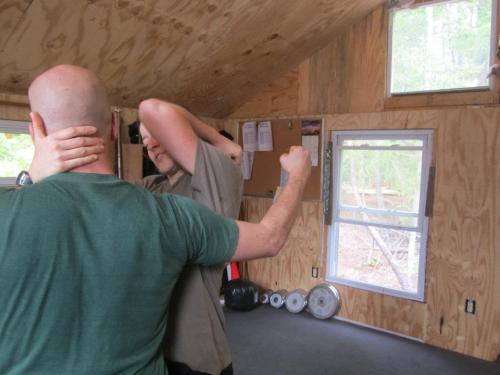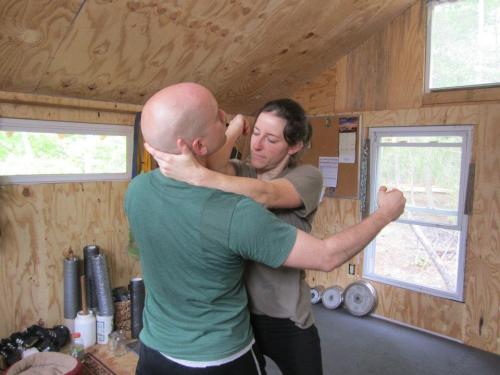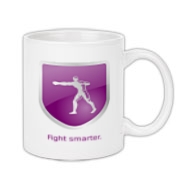It is always a good exercise to take account of our motivations as karate teachers and practitioners. Why do we continue on, year after year, teaching and practicing karate? Yes there are a lot of easy, canned answers: cultivation of character, preserving the traditions of the past, to learn to be able to defend oneself, to confront our responses to violence, force of habit. I am sure I am leaving many out.
I don’t think most people scrutinize this carefully. For a variety of reasons, answering this requires us to consider who makes up the community of people to whom we are responsible towards. When the answer is ambiguous it becomes nearly impossible to understand the extent of our responsibilities, and thus what it is we should be doing. The ‘why’ question becomes easier to address when we are clear about what we are doing, and equally important, about what we are not/ should not be doing.
There are those who regard themselves as hard-core ‘traditionalists’ for whom preserving tradition seems to be the ultimate objective. To these people the most important obligation is to ones predecessors in these arts. Of course it is useful and proper to give credit where it is due. We have an obligation to make sure our historical claims are accurate, but that seems like the extent of our obligation to the dead.
Many times in the thirty-plus years I have been involved with martial arts, I have seen abusive and insensitive behavior justified by appeals to tradition.
As a younger black-belt level instructor, I remember struggling with ethical dilemmas that should not have been complicated, however, my judgment was clouded by the imagined relevance of some mumbo jumbo associated with tradition.
Continue reading →








 are available here.
are available here.